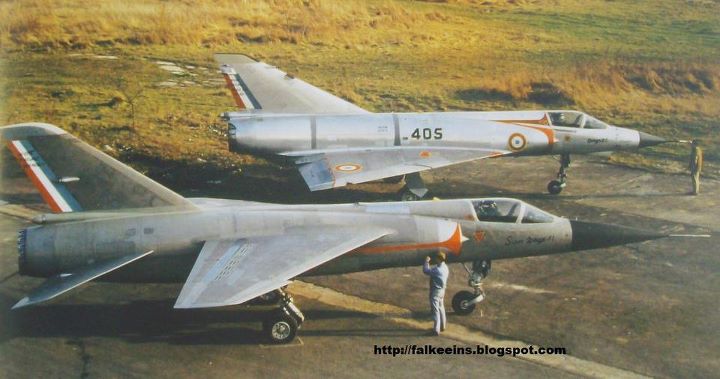lastdingo
Blogger http://defense-and-freedom.blogspot.de/
Both appeared practically in parallel, many Mirage 50s shared avionics and engine with Mirage F.1s.
My question is WHY? Why was there a Mirage 50 at all once the F.1 had arrived?
The newer wing gave shorter take-off run, shorter landing run, better agility (except maybe at high altitude/supersonic speed) especially in regard to sustained turn rate, it offered wingtip missile launch rails and for all I know the Mirage 50 was if at all superior only at high and altitudes. Yet there were plenty Mirage 50s clearly not built for high altitude recce or interceptor duties, but for ground attack / multi-role.
I don't see the point, especially as some Mirage 50 users had no Mirage delta-experienced pilots, and even if they had, those pilots had an easy transition to the better flight characteristics of the F.1. If anything they needed time to learn how to exploit the better characteristics (learn to feel the different flight envelope limits).
Has anyone a source about this, maybe even a reliable objective comparison of characteristics that shows some important Mirage 50 advantage other than Mirage delta fame?
My question is WHY? Why was there a Mirage 50 at all once the F.1 had arrived?
The newer wing gave shorter take-off run, shorter landing run, better agility (except maybe at high altitude/supersonic speed) especially in regard to sustained turn rate, it offered wingtip missile launch rails and for all I know the Mirage 50 was if at all superior only at high and altitudes. Yet there were plenty Mirage 50s clearly not built for high altitude recce or interceptor duties, but for ground attack / multi-role.
I don't see the point, especially as some Mirage 50 users had no Mirage delta-experienced pilots, and even if they had, those pilots had an easy transition to the better flight characteristics of the F.1. If anything they needed time to learn how to exploit the better characteristics (learn to feel the different flight envelope limits).
Has anyone a source about this, maybe even a reliable objective comparison of characteristics that shows some important Mirage 50 advantage other than Mirage delta fame?

